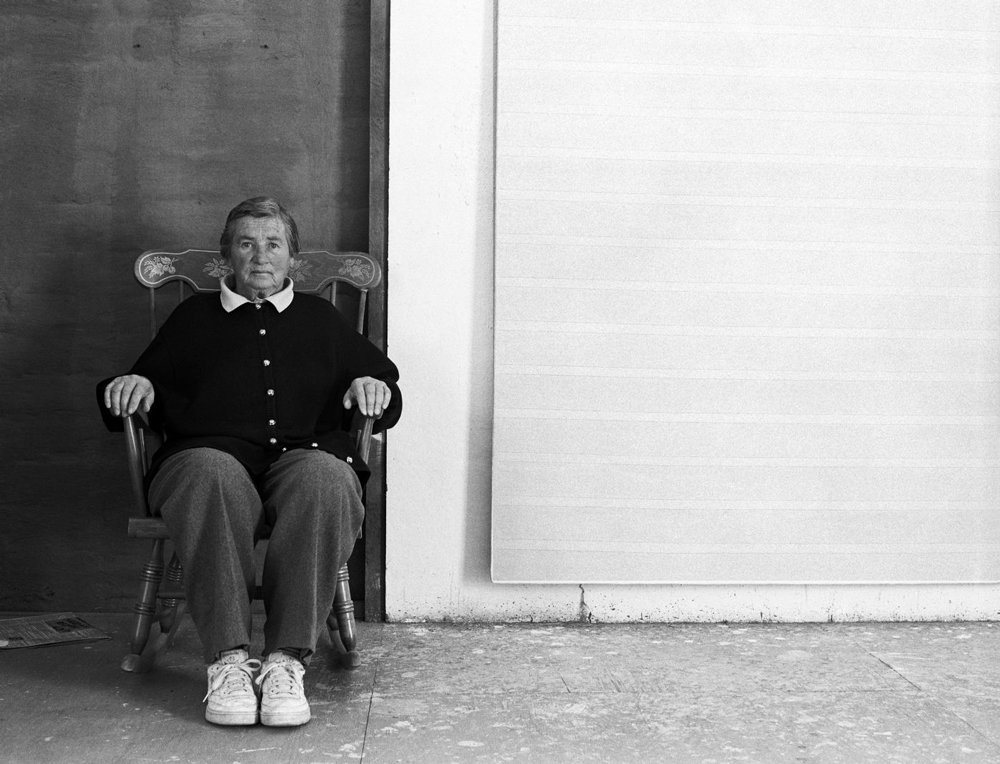“Every day for 20 years, I would ask myself, ‘What am I going to do next?’”
Born in Saskatchewan in 1912 and raised in BC, internationally acclaimed abstract artist Agnes Martin spent her adult life in the USA, living in New York before building an adobe home and settling in New Mexico, where she lived until her death in 2004.
During her life, Martin’s name became synonymous with her defining style—minimal, monochromatic grid paintings.
Yet while the association between Martin and her grid paintings firmly solidified, it wasn’t a painting approach that came easily. As is explained in a TateShots video, Martin worked for more than two decades before arriving at the grid, which was a format that, for Martin, represented a type of innocence.
“I painted for 20 years, and I didn’t like the paintings. They weren’t what I wanted,” says Martin. “I wanted really abstract, without any cause in this world. And so every day I painted I got closer and closer to abstract painting, but it took me 20 years.”
Even when she settled on the grid, Martin was a notable perfectionist and edited the paintings she didn’t like by destroying them with a knife. She could repeat an individual painting 10 times before realizing the correct version.
“Martin was the greatest editor of work, I think, of any artist probably who ever lived,” says Arne Glimcher, Martin’s long-time dealer and founder of Pace Gallery in New York.
But the 20 years of work, and continued decades of careful editing, was fuelled by a passion for painting that was never diminished.
“I think about nothing but painting,” says Martin. “And the older I get, the more I like to paint. It grows on you.”

 Portrait of Agnes Martin by Charles R. Rushton, 1992. © Kunstsammlung Nordrhein-Westfalen, where a retrospective of Martin’s work is on view until March 6, 2016.
Portrait of Agnes Martin by Charles R. Rushton, 1992. © Kunstsammlung Nordrhein-Westfalen, where a retrospective of Martin’s work is on view until March 6, 2016.







